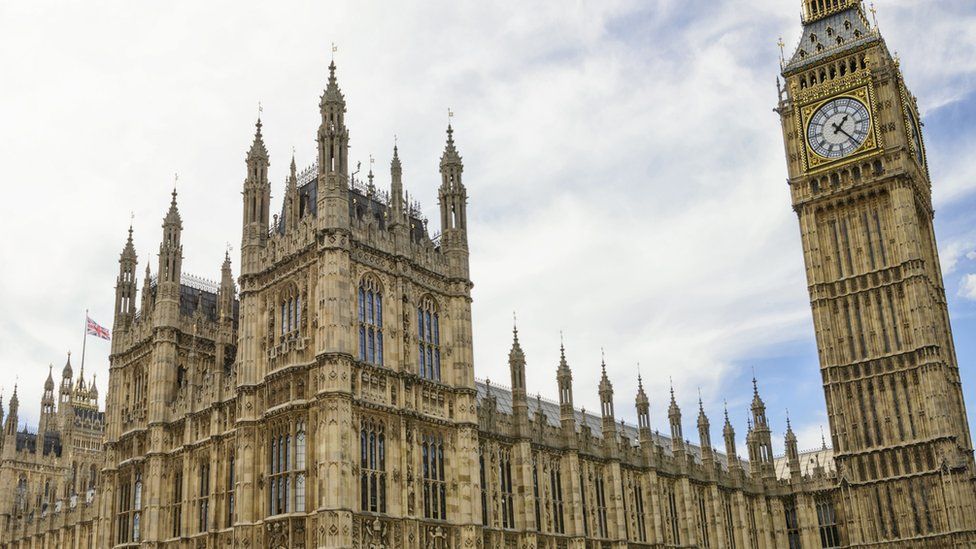ARTICLE AD BOX
 Image source, Getty Images
Image source, Getty Images
By Sam Francis
Political reporter
Crumbling concrete that led to the closure of buildings at more than 100 schools has been found in Parliament.
Reinforced autoclaved aerated concrete (Raac) was found in one part of the Palace of Westminster, but poses no "immediate risk", a spokesman said.
The concrete, which can become less stable over time, was found during a "routine, on-going" investigation.
"Where RAAC is found, mitigations will be put in place as necessary," a parliamentary spokesperson said.
The closure of schools has sparked anxiety about the presence of Raac in other publicly owned buildings and infrastructure.
Concerns about the safety of the parliamentary estate are long-standing, amid repeated delays to plans to restore and refurbishment the famous site.
There have been repeated warnings in recent years about the threat of fire and asbestos across the estate.
Estimations for a full restoration of the palace range from £4bn to £14bn.
Used in the construction of schools from the 1950s to the mid-1990s, Raac can become "crumbly" over time and is prone to collapse.
The Department for Education's permanent secretary Susan Acland-Hood and chief operating officer Jane Cunliffe appeared before a committee of MPs about the issue on Monday afternoon.
They repeatedly resisted questions about how many schools were waiting for a survey, as Dame Meg Hillier, the public accounts committee chair, asked whether the number was in the "tens" or "hundreds".
Ms Cunliffe said: "It is very fast-moving, we are doing tens of surveys every day."

 1 year ago
23
1 year ago
23








 English (US)
English (US)